DIY Concrete Glaze With Fabric Dye and Sealer

We glazed a patio with color using liquid fabric dye mixed into concrete sealer. The sealer helps lock the color into the surface. We've have lots of tips on how to use this technique on other types of concrete, and more on our longer video here.
Here's a shorter video to give you the basics.
With fabric dye you can adjust the color of commercial concrete stain to make it truly unique, or you can create a glaze effect on flower pots, birdbaths, concrete statues or figurines, or use it over painted concrete.
Here's our paver patio, before, ready to be stained …
… but it really looked much worse over the years. We moved the grass to the yard, gave the pavers a good cleaning and then mixed our glaze.
For the sealer, we mixed two — all purpose and wet-look — to create a custom semi-gloss. Semi-gloss proved to be hard to find in our area, but we soon preferred making our own since you can create just the right amount of shine for your project.
Here's an example of what a good sealer can do for concrete. We started with 2 gallons of sealer, painted a small patio three times, painted a covered porch once, and still have lots of sealer left over for other projects. Sealer goes a long way, intensifies colors, and can make smooth surfaces easier to maintain.
A rich dye and sealer mix worked best. Use at least one part dye to two parts sealer. We liked a 50/50 mix best.
The key is to do lots of preliminary tests to see what works best for you. Remember, the color will lighten as it dries over several days. The dyed sealer is like a primer coat, you can continue to add more layers of color over time. The top coat will be built in to the mix.
We soaked our paver patio three times with the glaze, switching shades of orange, yellow, and red frequently to simulate real bricks. We used a stiff craft brush to work the stain in and out of the texture.
Tinted sealer will go right over paint, so if you have stains on your concrete, you can cover them with matching masonry paint and use a tinted glaze coat on top. Take a look at this example …
On our green painted porch, there was one area that got wet frequently that began to chip. We mixed emerald green liquid fabric dye into sealer and were able to hide the chips in one coat.
We used a soft brush for a smooth, level finish on smooth concrete.
Look at how the green-tinted sealer hides the chips and intensifies the color. This is one coat. It will also help protect the area from future chips.
Follow us on HomeTalk  . We have two more tutorials painting faux marble tiles, and also painted brick effects. It all still looks great after quite a few years and goes a long way in hiding flaws, dirt, and stains. See "Faux Marble on a Concrete Floor"; "Paint a Concrete Floor with Faux Marble Tiles" and more on our HomeTalk index page.
. We have two more tutorials painting faux marble tiles, and also painted brick effects. It all still looks great after quite a few years and goes a long way in hiding flaws, dirt, and stains. See "Faux Marble on a Concrete Floor"; "Paint a Concrete Floor with Faux Marble Tiles" and more on our HomeTalk index page.
A beautiful after! The paver patio now has a warm terra cotta color and looks brand new (it's 30 years old!)
We kind'a love it! See more photos and tips on our blog here.
Enjoyed the project?
Resources for this project:

Comments
Join the conversation
-
 Farmhouse 1820
on Dec 10, 2021
Farmhouse 1820
on Dec 10, 2021
Awesome tutorial!! Beautiful results!
-
-
 Mary Brady
on Dec 29, 2021
Mary Brady
on Dec 29, 2021
❤️👍🏼
-



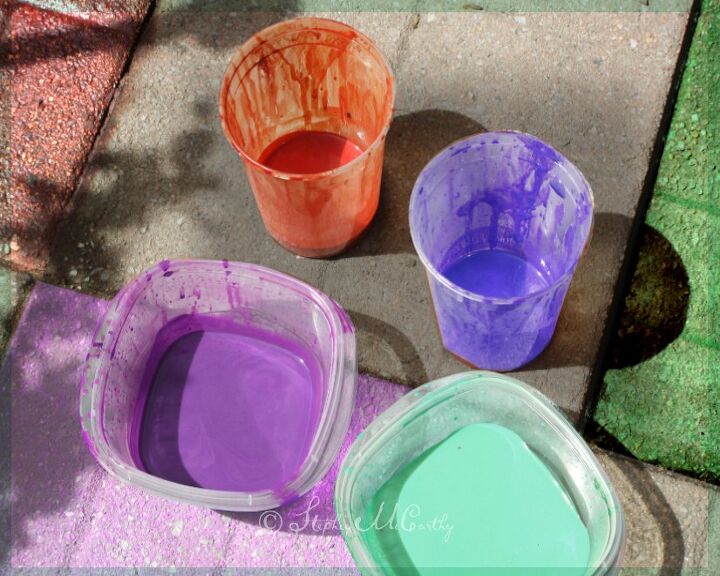

















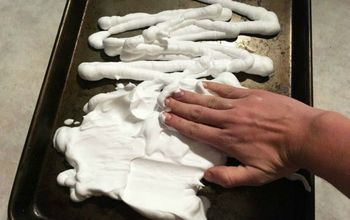
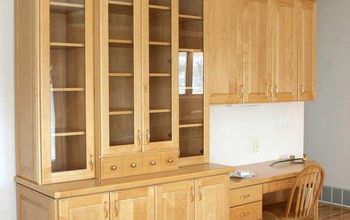



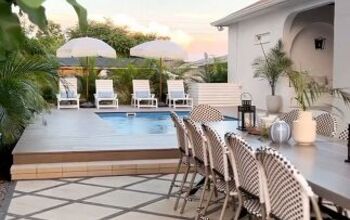
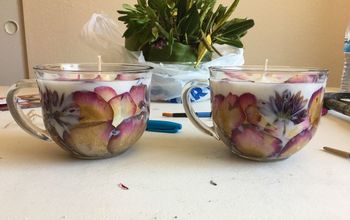
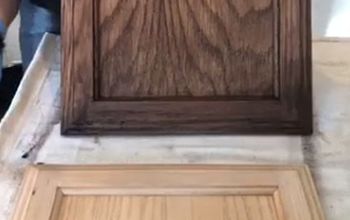
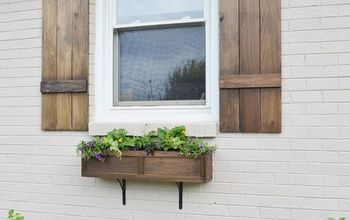
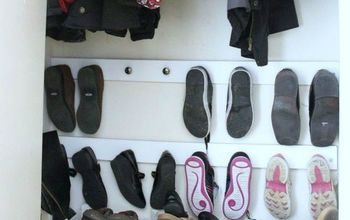
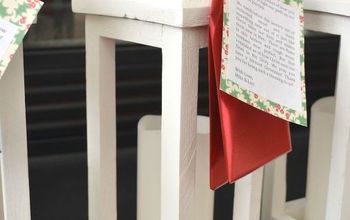
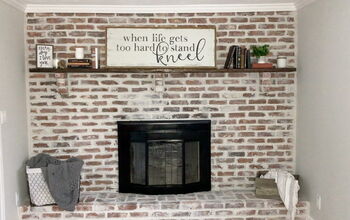
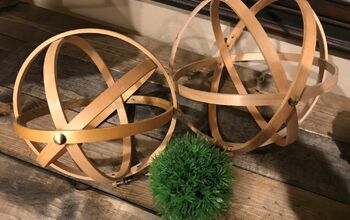


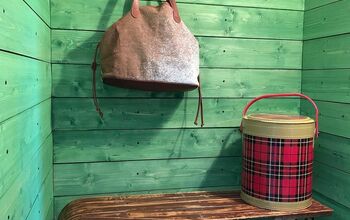
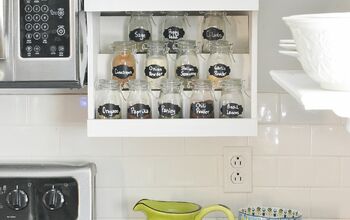
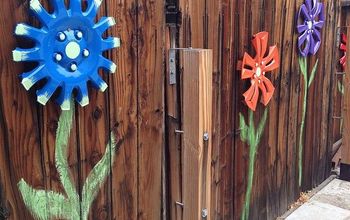
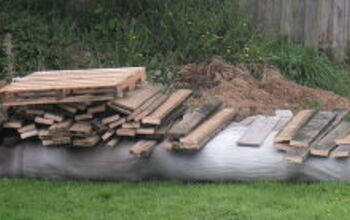
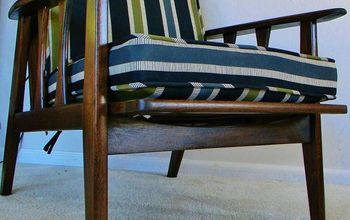
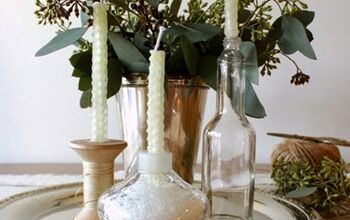
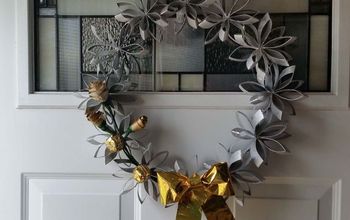
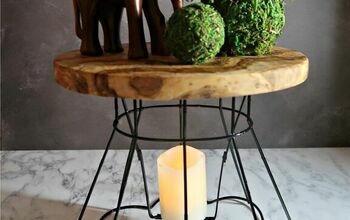
Frequently asked questions
Have a question about this project?
Would I be able to use this on bathroom tiles, mine are a light brown, awful.
What would you use on a cement patio? Mine is large slabs with some cracks that were filled. My husband don't want COLORFUL maybe darker grey. Would this recipe work?